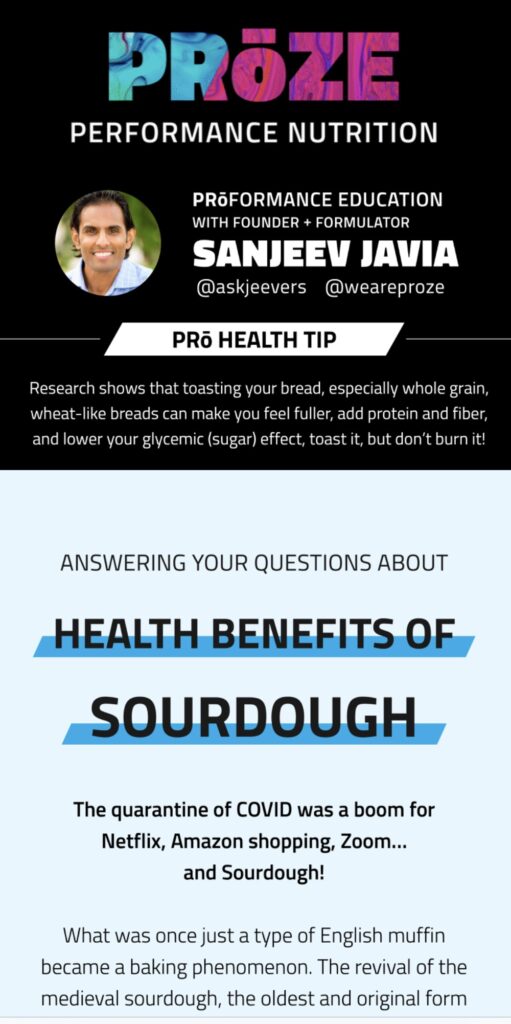BenWhy, IcyNOT, TigerBUST..???
My knees, my lower back, my shoulder, AYE YAI YAI…playing a few extra sets of tennis, carrying (mostly unneeded) Costco groceries from my car, sleeping wrong, it seems no movement is safe anymore (am I getting old??). Life IS a PAIN! Most of us have been there or ARE there and we’ve probably reached for a locker room smelling cream, Shaq’s endorsed patches, ancient Chinese secrets, or hundreds of other products out there claiming to provide you, “quick, fast acting, immediate relief”. But rub closely, there seem to be an illusion…
Relief Does Not Mean Recovery…
Q: What is BenGay, IcyHot, and others like them?
A: They are products sold as “analgesics”, treatments to relieve pain. They are big business ($3B), with thousands of products, using synthetic and/or natural ingredients. Bengay has been around for 123yrs! You usually use them for muscle and joint aches/pains and acute injuries (which isn’t always good). The ingredients can be termed as – analgesic (pain relieving), counter-irritants (reduces irritation), and anaesthetic (loss of sensation). Notice: does not say recovery, repairing, or healing..hmmm
Q: How do they reduce pain?
A: It’s a bit of a mystery, but researchers think they block the receptors that send pain signals to the brain. Your nerves, muscle, cells, everything has receptor sites, and certain ones, when triggered will illicit a pain response in the brain (hence, the saying “pain is in your head”). When blocked, you’ll feel less pain.
Q: Any dangers to blocking these receptors?
A: Pain is a signal there is something wrong and that you need to be careful. You do want to feel some pain, it ensures you don’t keep damaging the area. But more importantly, some ingredients can be dangerous. Salicylic acid, used in Bengay, IcyHot, you can overdose on. Arielle Newman, a 17yr old track star, died because of the use of too much Bengay. It’s like overdosing on Aspirin, it’s the same ingredient.
Q: Any other dangers?
A: Methyl salicylate, or salicylic acid, is an anti-clotting agent. If you take too much, you can have internal bleeding, arrhythmias of the heart, liver damage. You have to be careful if you’re taking them with things like Aspirin or using them improperly, like with heat, compression, on/close to wounds.
Q: Do they really work?
A: Partially. Depending on the severity of pain, they may reduce the feeling. But as far a promoting healing and recovery, NO. Research has shown there is no physiological changes that are happening. No repairing, rebuilding, detoxifying. They are either tricking, distracting, or overwhelming the initial triggering of the pain, which then gives you a sense that it is less. Masking one message for another, like if you punched yourself in the arm after you hit your thumb with a hammer.
Q: Is that why they don’t last very long?
A: Exactly. You can only trick, distract, overwhelm the receptor for so long, then it fades away and the pain returns. And you can’t keep reapplying, or the ingredients can become toxic. But more importantly, there is no healing or health taking place, so there is no long-term effect. In addition, research shows the minor heat and circulation only penetrate to 1cm, just under the skin, not deep in the muscle tissue. You must heal the area, help it to recover, then you’ll feel less and less pain. There is no healing!
Q: Are they worth the cost?
A: For very temporary relief of pain, maybe, they won’t work with significant levels of pain. They are meant for very minor aches and soreness. They also only focus on minor pain relief, no healing. Their cost will be very low, from $15-$30.00. My analogy is, imagine you’re hungry and you walk into a restaurant, to sniff/smell the food will satisfy you for a bit (that won’t cost much), but to actually eat the food, to truly satisfy your hunger, that’s going to cost you. You get what you pay for 😊
Q: How is it best to use them?
A: Sparingly and only for immediate relief, acute pain. Long-term, or chronic issues, it won’t do much if anything for. In chronic pain, the nerves send signal without any triggering of the nerve. Do not put too much or frequently, use with Aspirin or other products with same ingredients, heat (even before activity), or with compression. “Poison is the dose” – you can overdo these types of creams like pills.
Q: Better alternatives?
A: You can have pain relief without recovery, but with recovery, you’ll always have pain relief. Focus on recovery by focusing improving the health of the tissue, calming the nerves, and getting good, healthy blood flow through the area. You can do this by careful movement, strengthening (creating resiliency – improving pain threshold) the area and surrounding areas (reduces the stress), hydrating (improves blood flow), and reducing inflammatory and toxic things (foods, products, drinks).
Q: What should I look for in a product?
A: Products made with natural ingredients can be very powerful. But be careful, Wintergreen Oil is made up of 98% methyl salicylate, so don’t DIY if you’re not experienced. Choose products that are tested, well designed, have been used in a clinical setting, and do not just focus on pain relief, but recovery.
Q: Your Choice?
A: Ha, well, the only one I’d choose is mine (but I’m biased). NERVE – Soothing Cream. It’s because RELIEF was the RESULT of working on the true nature of injury. Whether it’s sprains, strains, pulls, direct trauma, nerve impairment or function, NERVE focuses on the “root processes”, the very core/fundamental things you need to repair and recover (i.e. Nerves & Soft Tissue). NERVE nurtures the nerve back to health, modulates the inflammatory response (so you get healthy inflammation), and enhances blood circulation to rush healing factors to the area and promote detoxifying (like a massage) to the area.




